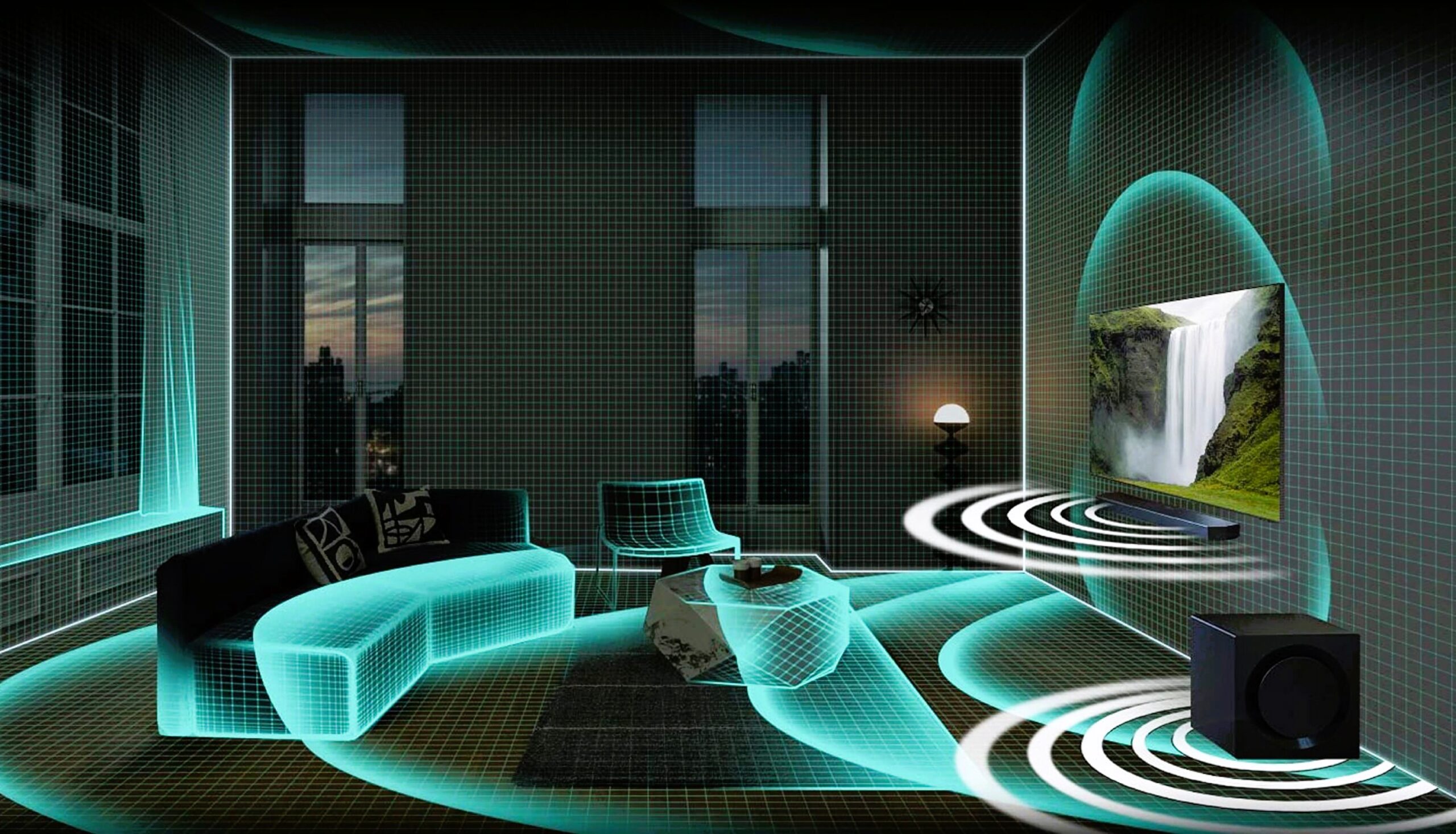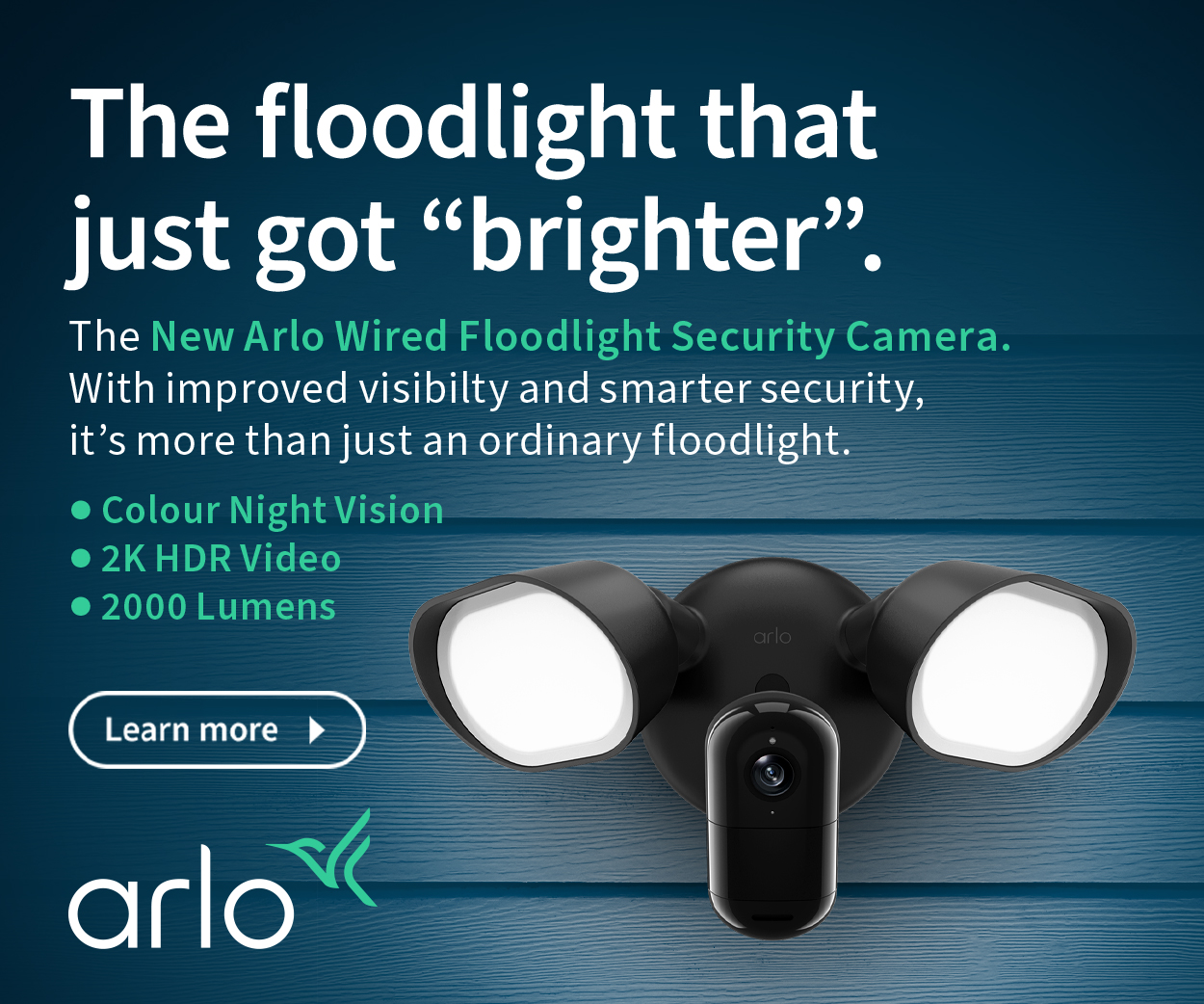Samsung’s IAMF spatial sound format will try to kill off Dolby Atmos (AV).

Samsung’s IAMF (Immersive Audio Model and Formats) spatial sound is a direct shot over the bow of Dolby Atmos (DA) – the recognised 3D Spatial sound ‘reference’ and industry leader.
Samsung announced it was working with Google to develop IAMF, a royalty-free 3D spatial audio codec to rival Dolby Atmos. It wants a ‘single royalty-free 3D sound model for the entire industry’. A long shot at best when brand agnostic DA is mostly there!
It is the same concept as Samsung’s royalty-free HDR10+ format to rival Dolby Vision (DV). None of Samsung’s TVs supports DV’s frame-by-frame metadata. In fact, DV content is down-mixed to the vastly inferior movie-by-movie HDR standard. For an understanding of the video formats please read Dolby Vision, HDR and SDR TV – a huge difference (guide).
Simply put, Samsung feels that its market dominance in TVs and soundbars allows it to influence the format wars. In this case, by directly targeting Dolby Laboratories.
Fact: The DV/DA movie category is hundreds, if not thousands, of times larger than the HDR10+ category. We believe that IAMF adoption will follow the same path even if Samsung markets it as ‘Samsung Sound’ or, more likely, Ambisonic.
What is IAMF?
Like DA (and DTS:X or Sony 360 reality), IAMF is a set of tools that allow creators to place/move sound objects up, down, sideways and around the room. It will require IAMF-compatible speakers and TVs to decode the metadata and recreate 3D spatial height and surround sound.
The current model is 3.1.2 (4 substreams) or 7.1.2 (5 substreams). The standard mentions up to 7.1.4 with rear speakers but no mention of the number of ‘sound objects’. By comparison, DA has 128 sound objects spread over 16 discrete streams (11.1.4 is the biggest consumer soundbar so far). So, IAMF will have no royalty fees, a less sophisticated software encode/decode codec (some have described it as faux 3D) and a lower hardware cost.
3D sound on the cheap!
The two keywords are ‘royalty-free’. Samsung and anyone else that uses the IAMF or HDR10+ instead of Dolby Atmos and Dolby Vision does so at no royalty cost. Not that Dolby royalties are expensive – a one-off payment of less than $3 per TV (far less for soundbars, TV dongles, or speakers).
Samsung also eschews Dolby Vision on its smartphones. Two reasons. First, there is no royalty; second, it allows the use of lower-cost 8-bit/16.7M colour screens where DV needs 10-bit/1.07 billion colour screens. Please read 8-bit versus 10-bit screen colours. What is the big deal?
It is the same as Samsung eschewing the full Qualcomm aptX codec suite in its non-Qualcomm Snapdragon-powered Exynos phones. Instead, we get SSC (Samsung scalable codec) that only works with the Samsung ecosystem earphones and SmartThings. Oh well, Apple can get away with that – why not Samsung? Qualcomm has responded by making basic aptX and aptX HD codecs royalty-free as the market demands choice.
CyberShack’s view – Do we really need IAMF?
Samsung says it needs IAMF to popularise 3D audio. It is not admitting that IAMF or HDR10+ is not equal to the sound quality of Dolby Atmos or the Dolby Vision experience. Dolby is the leader used by almost every movie producer, audio artist, cinema, TV/soundbar maker, etc. They are unlikely to swap!
It would be a different story if the royalty-free IAMF or HDR10+ were superior or if Dolby was impeding the advancement of 3D spatial sound (it is not). It is just Samsung and Google looking to save a few dollars on hardware and software and draw you further down Samsung’s rabbit hole ecosystem.
Brought to you by CyberShack.com.au









